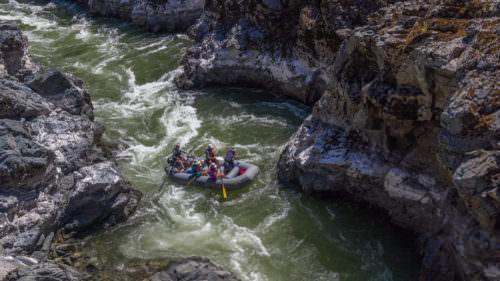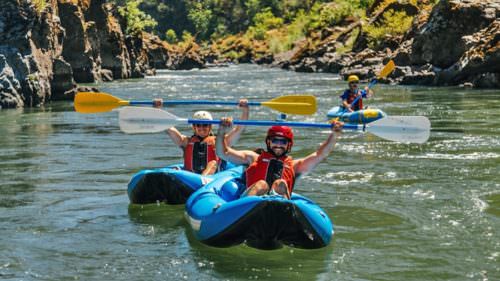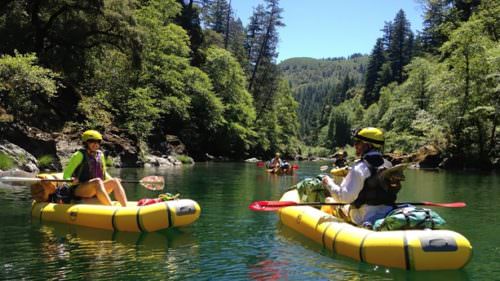The Kalmiopsis Wilderness and surrounding road-less areas contain the headwaters of the famous Illinois, Chetco, and North Fork of the Smith River. All three of these emerald green rivers are world-famous among river runners for their challenging rapids, rugged terrain, and absolute remoteness. Each of them are additionally protected by Congress as National Wild and Scenic Rivers for their “outstandingly remarkable values.”
Running whitewater rivers has taken me around the world in search of the best rafting and kayaking trips. These “three gems of the Kalmiopsis” are (in my mind) the best. Each is incredibly diverse and allows an opportunity to spend time in the rugged Kalmiopsis Wilderness. Which one will you pick?
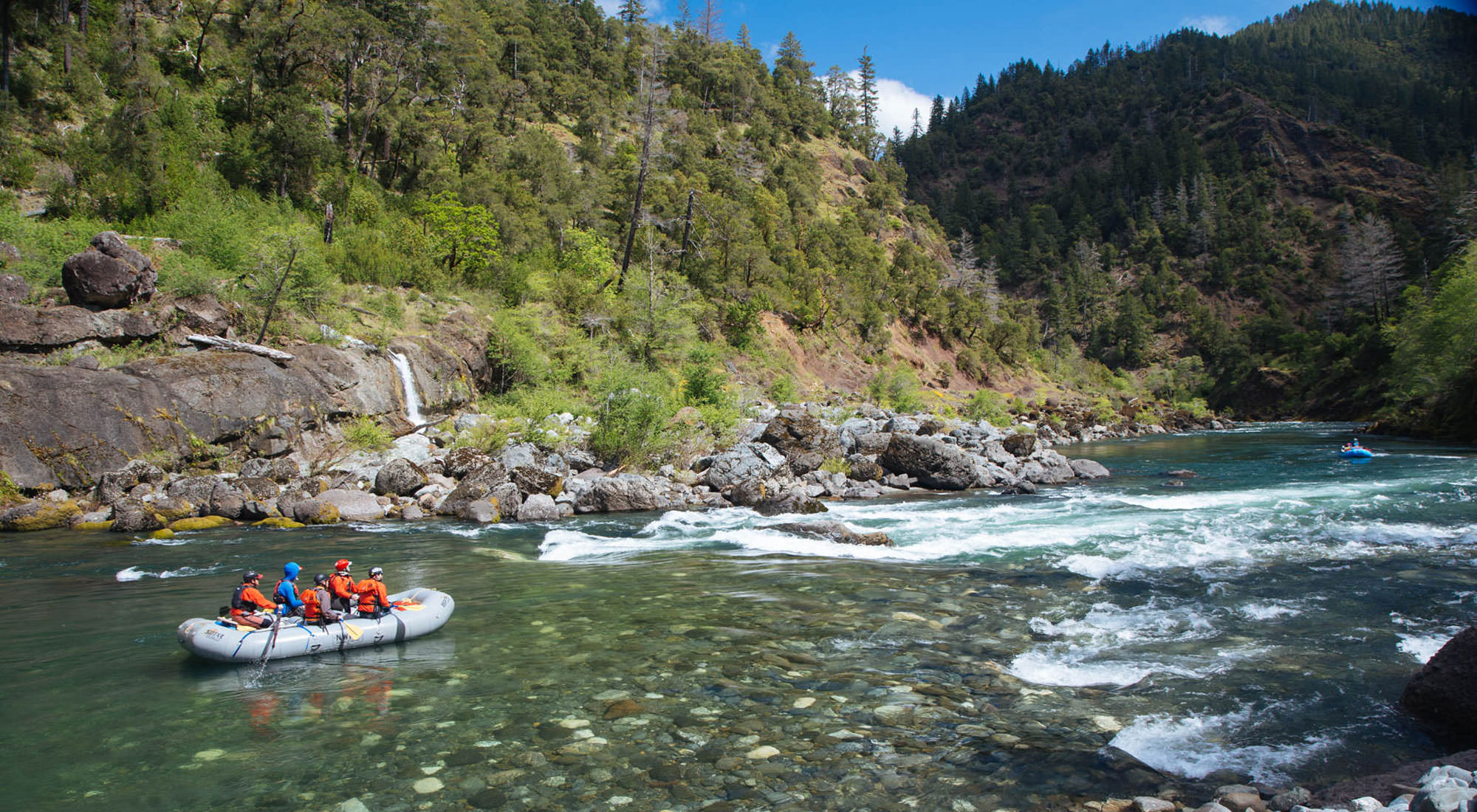
Illinois River
The Illinois River flows through the northern part of the Kalmiopsis before it joins the better-known Rogue River. The wilderness stretch from Miami Bar to Oak Flat is a legendary two- to four-day trip famous for its challenging rapids, including the Class V Green Wall Rapid.
Green Wall is a rapid that river guides around the world discuss around the campfire. It occurs about halfway through the trip where the canyon narrows and takes on an ominous feel. This long, complicated rapid cascades over multiple drops and must be scouted ahead of time by all groups.
A rafting or kayaking trip down Illinois River is special due to its incredible plant diversity, clear water, untouched wilderness and challenging whitewater. One of the highlights is viewing the Darlingtonia Californica (or pitcher plant), a rare insectivorous plant that has adapted to the unique geology of the Kalmiopsis Wilderness.
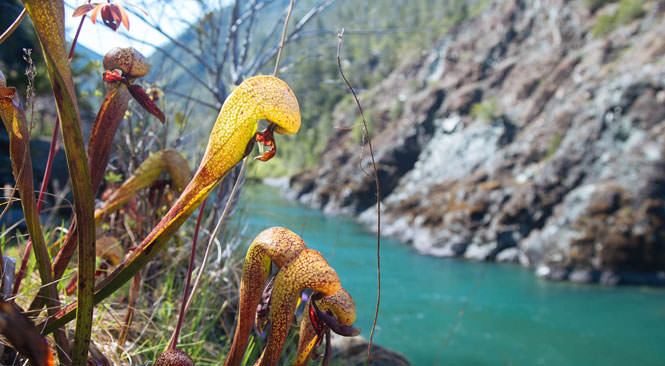
When to go
The Illinois River runs after winter rains and during spring snowmelt. The best time is in April and May, when flows are more stable and the weather is warmer.
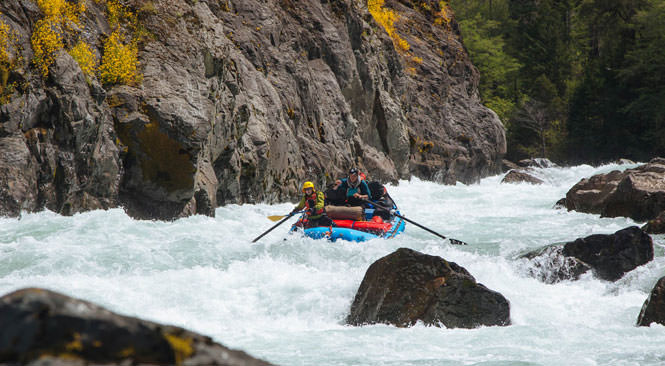
How to go
ARTA River Trips, Momentum River Expeditions and Northwest Rafting Company offer guided multi-day rafting trips in April and May. If you’re an experienced whitewater paddler, you can get a self-service permit in front of the Ray’s Grocery Store in Selma, Oregon.
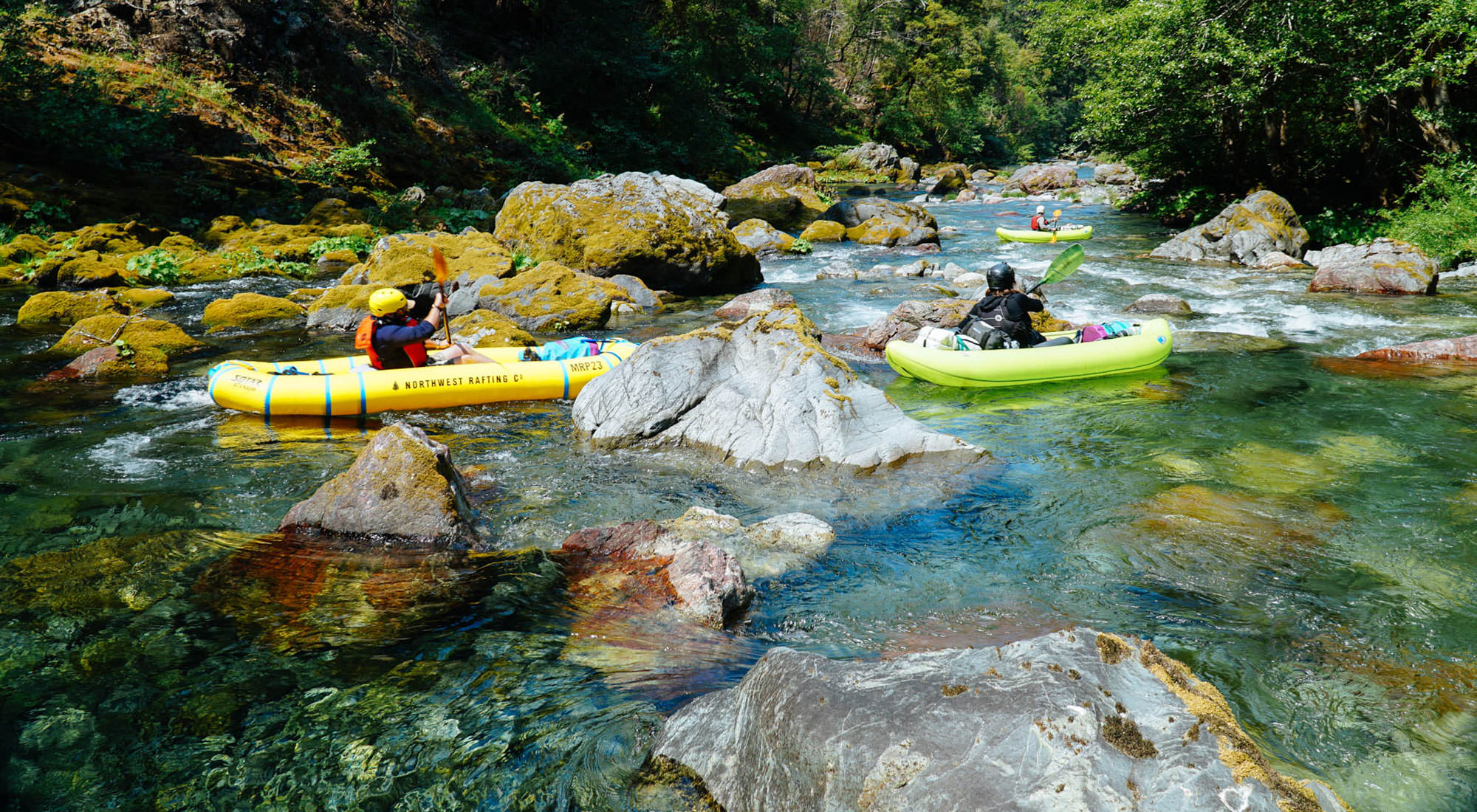
Chetco River
The Chetco River begins deep in the heart of the Kalmiopsis Wilderness and provides a unique backcountry expedition for whitewater paddlers. This trip begin with an arduous 10-mile hike to the river, followed by 20 miles of paddling through intimate canyons of serpentine rock with many Class IV rapids.
Most people take a long day for the hike and three to four days to paddle down the river. This adventurous trip crosses the vast Kalmiopsis Wilderness from east to west. The Chetco has the clearest water I have ever seen which combines beautifully with the colorful serpentine geology.
The Chetco River has many similarities to the Illinois River, but it is smaller and is usually done in kayaks. Only a handful of people do the trip each year, so you are unlikely to see any other kayakers or even signs of other people.
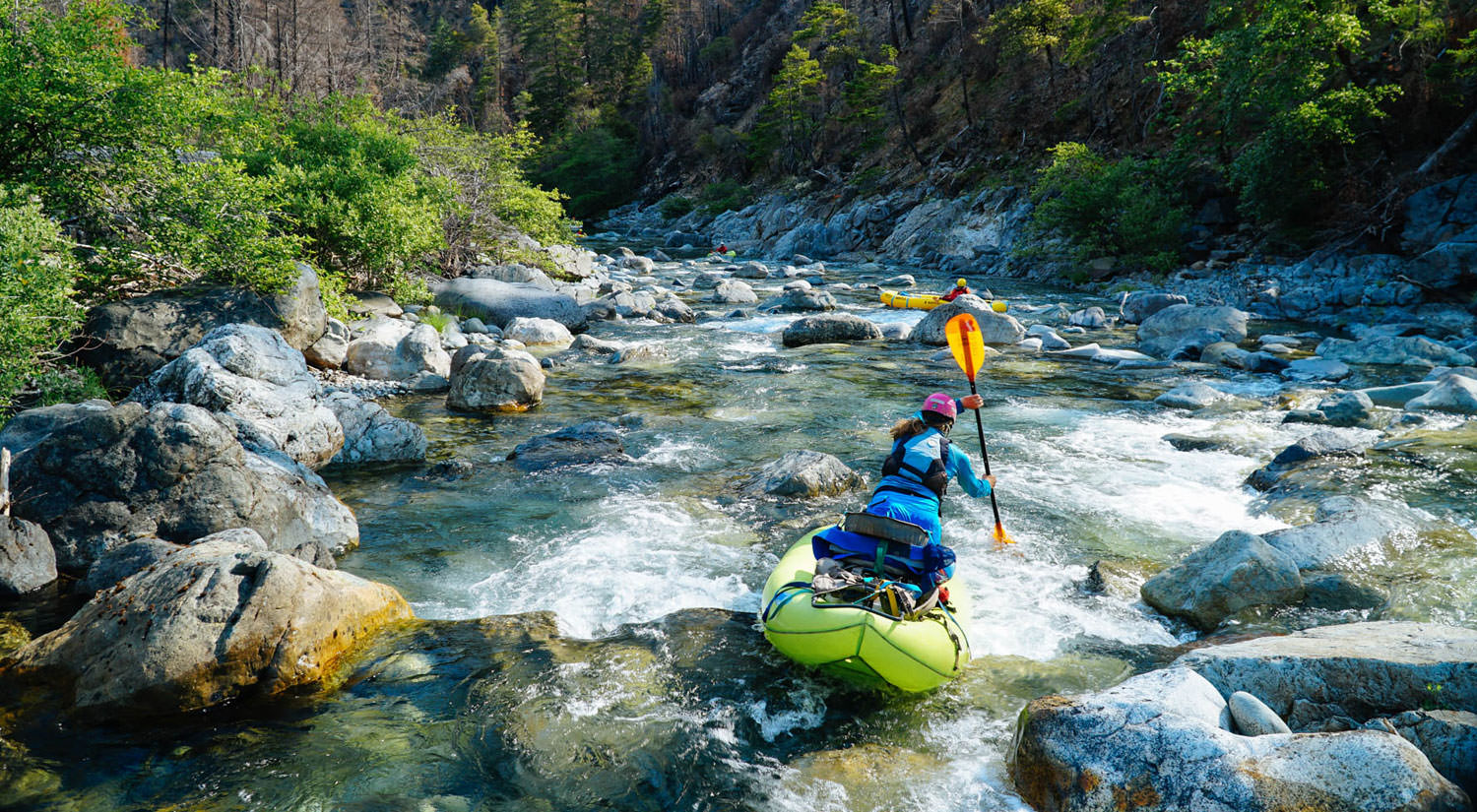
When to go
Like the Illinois, the Chetco flows after rainstorms and during spring snowmelt. The Babyfoot Lake Trail is covered in snow during the winter and into the spring. Most years the river can be accessed in May and June.
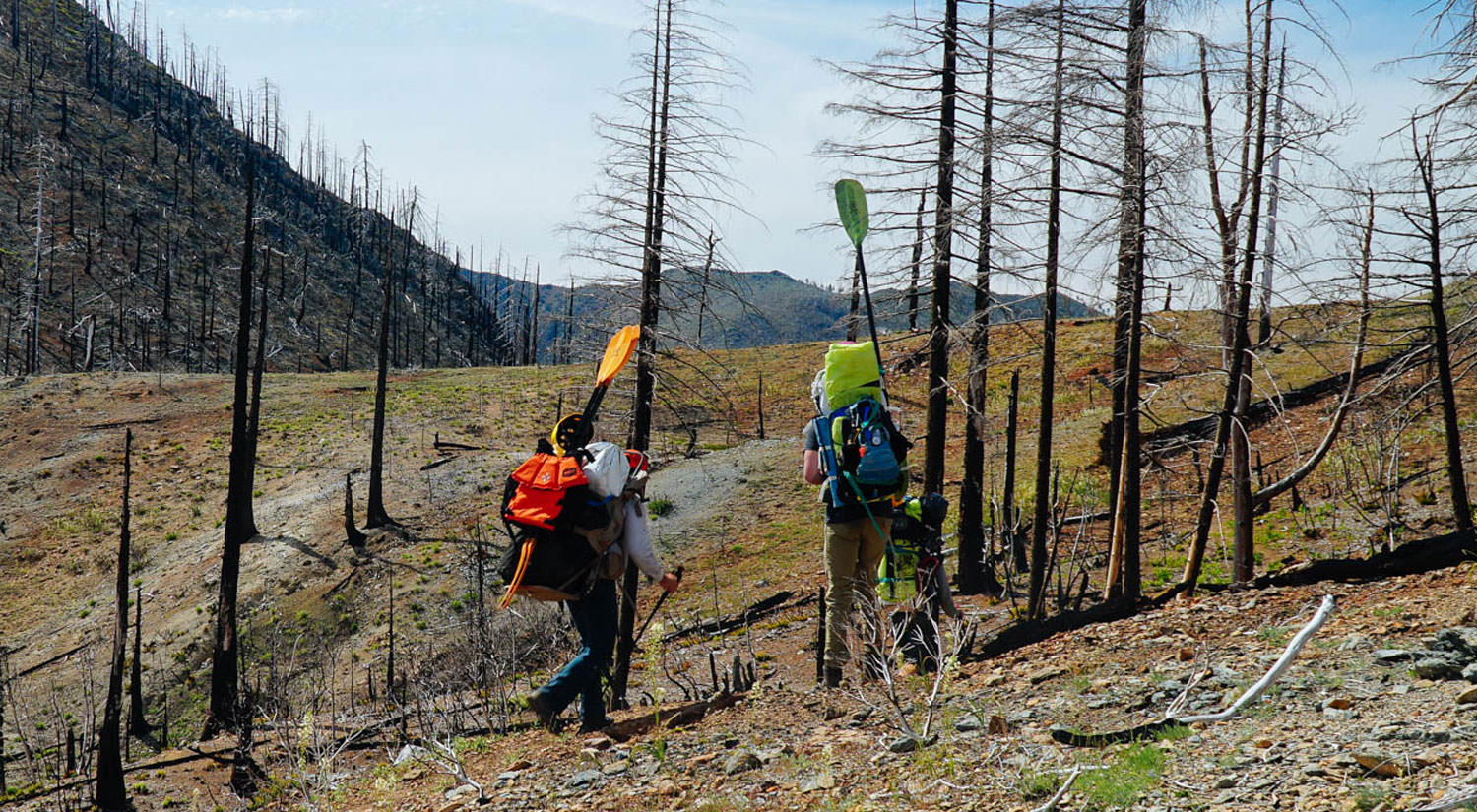
How to go
Northwest Rafting Company and Wilderness Canyon Outfitters offer guided multi-day kayaking trips on the Chetco River.
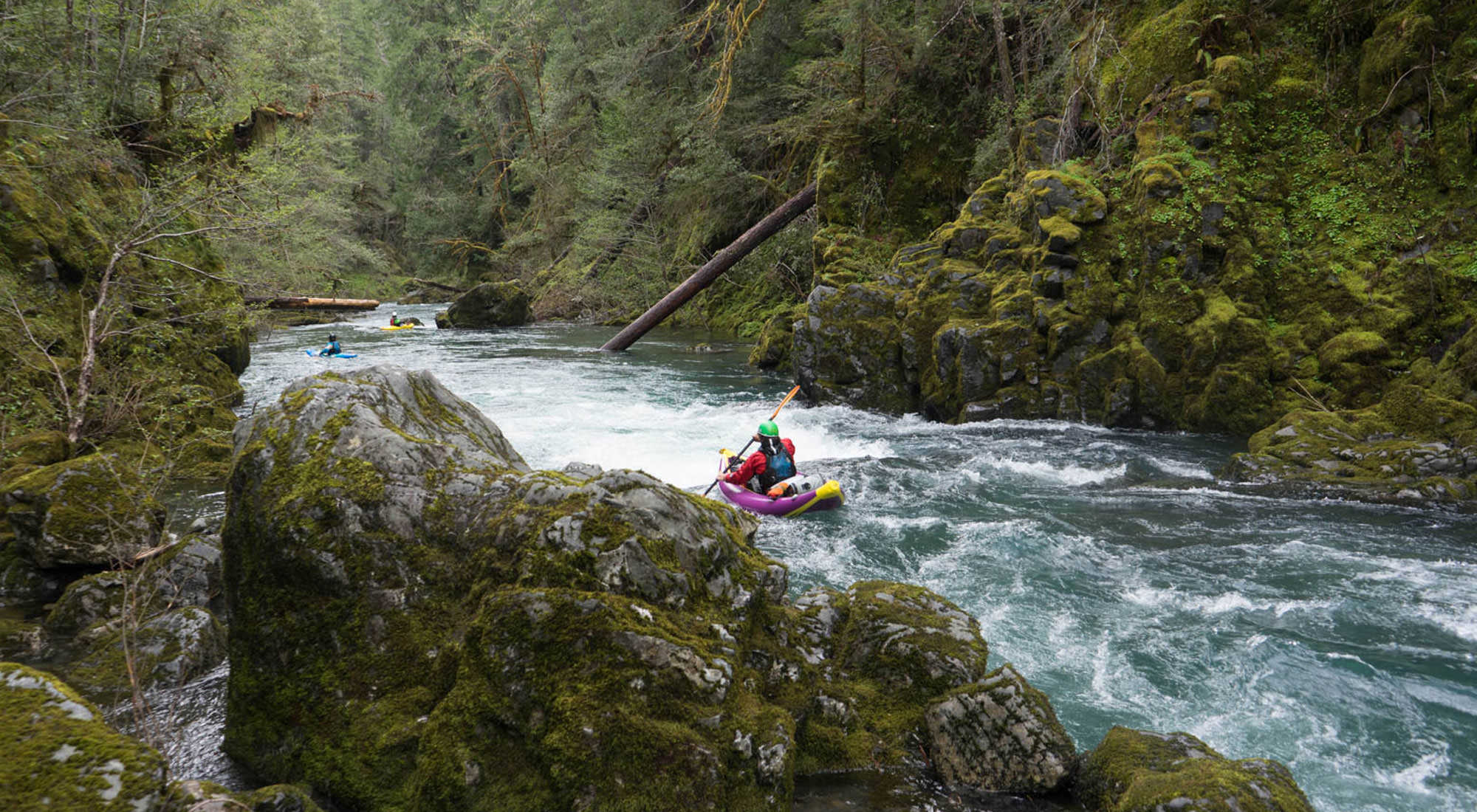
North Fork of the Smith River
The North Fork of the Smith River flows along the southwest border of the Kalmiopsis Wilderness. Getting to the river requires negotiating a complex series of Forest Service roads and bushwhacking your way down to the river.
There are many log portages and challenging rapids that require expert route-finding and paddling skills. Those with the ability and tolerance for an adventure will find a stunningly beautiful river in a dense rainforest.
Just downstream of the wilderness, the North Fork of the Smith River in Southern Oregon and Northern California provides a playground for intermediate rafters and kayakers. The river has many fun Class IV rapids as it flows through a unique reddish-brown canyon of peridotite rock and countless waterfalls cascading into the river.
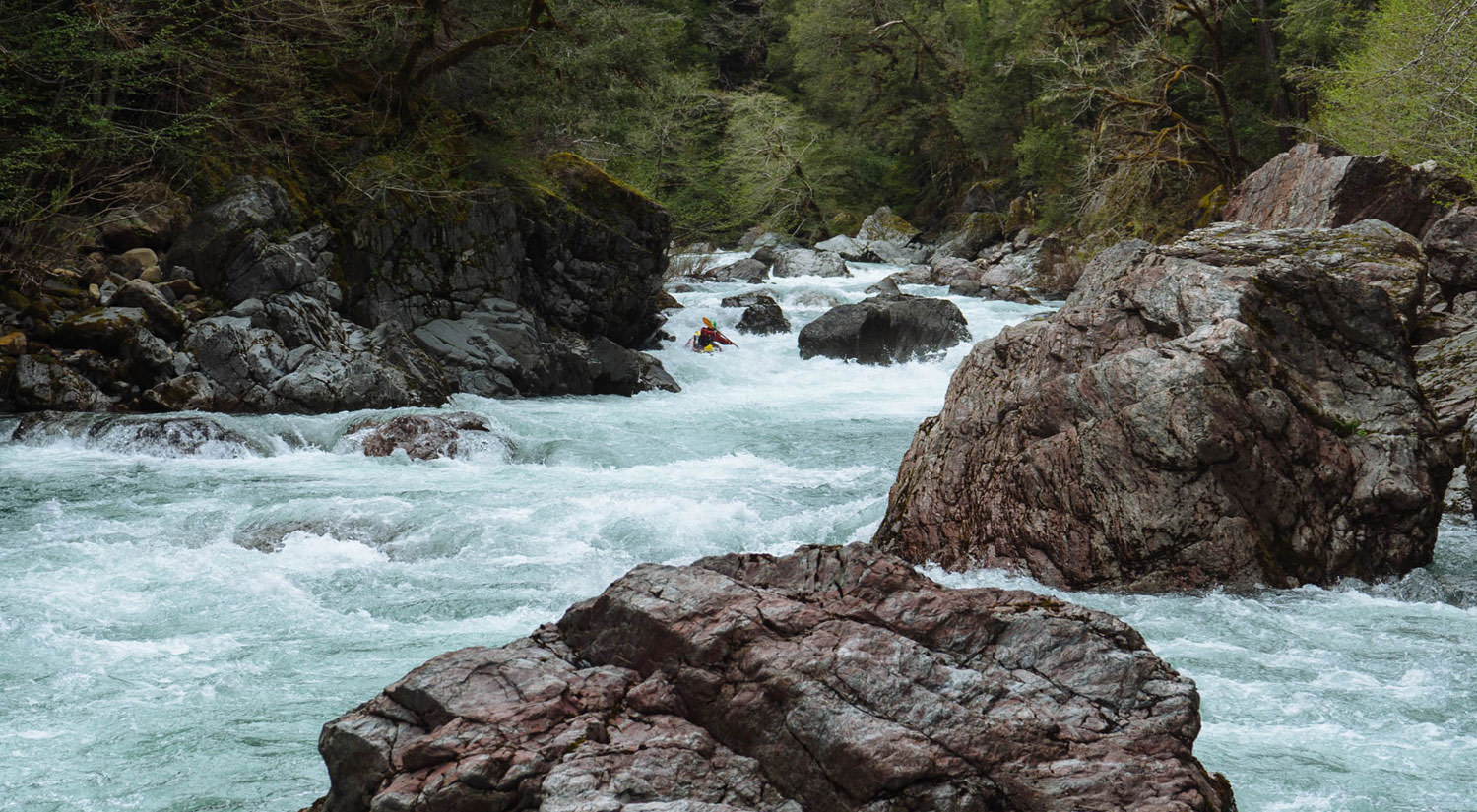
When to go
If you want to do the upper part of the North Fork of the Smith, you are a true adventurer who should best consult experts. The lower, more commonly paddled section flows after recent rainstorms and can be paddled from November to May.
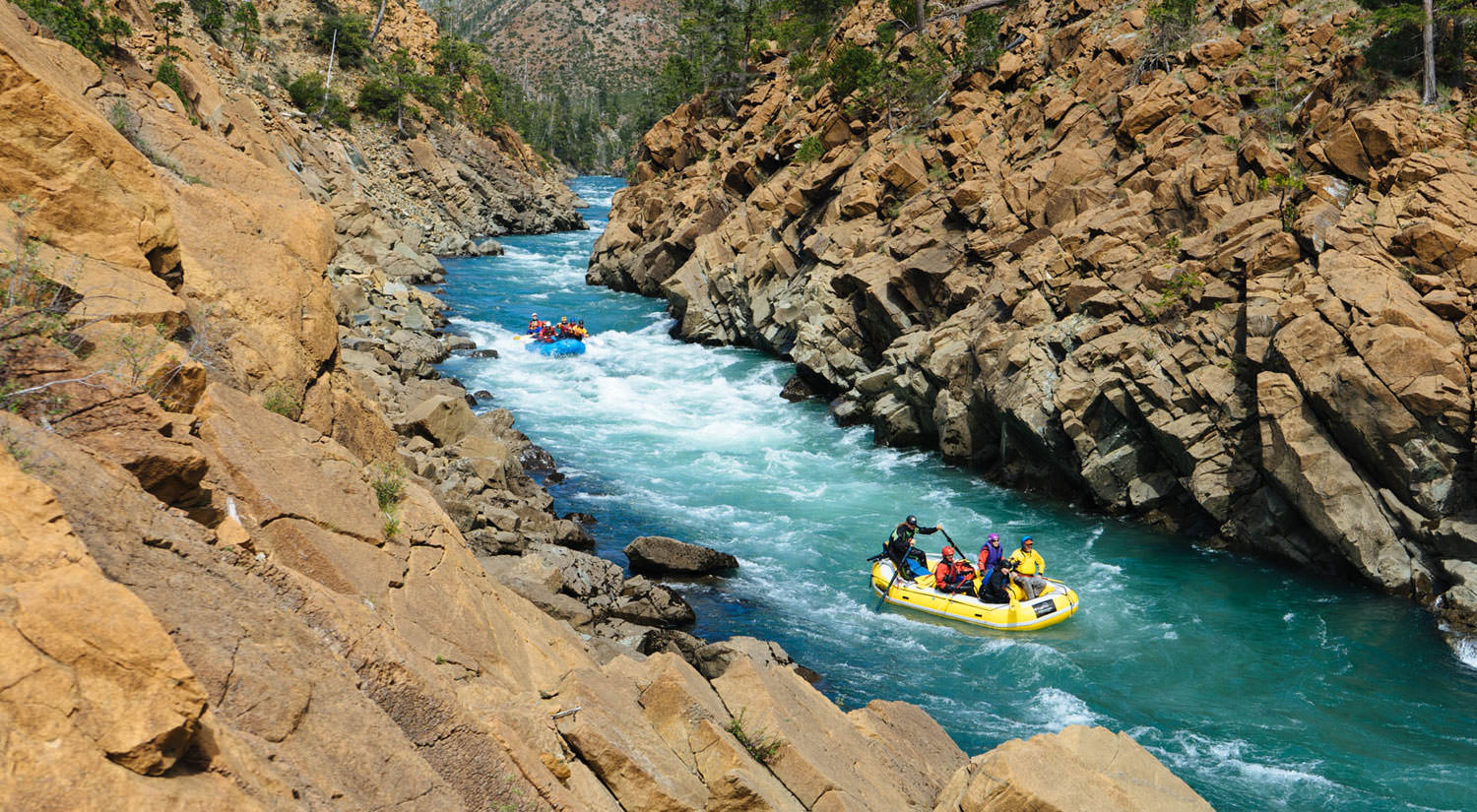
How to go
For a guided trip, contact Redwoods and Rides. If you’re an experienced paddler, call Bearfoot Brad at (707) 457-3365 for your shuttle service.
